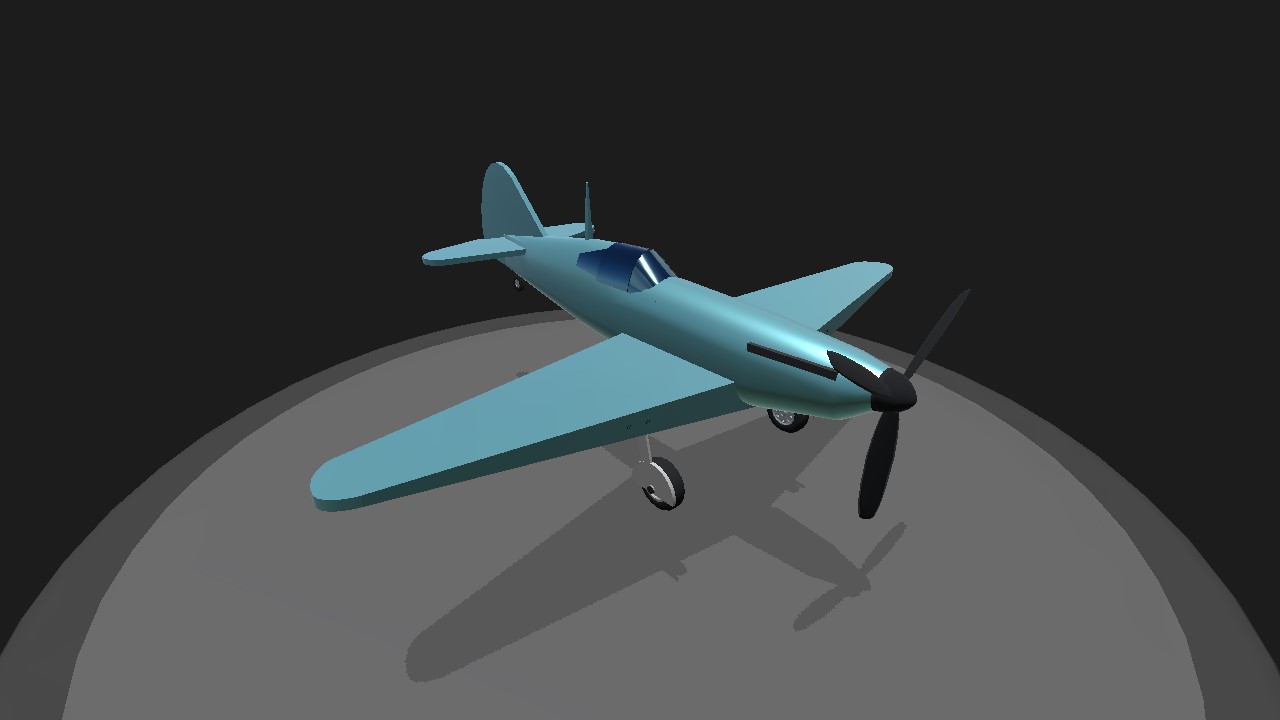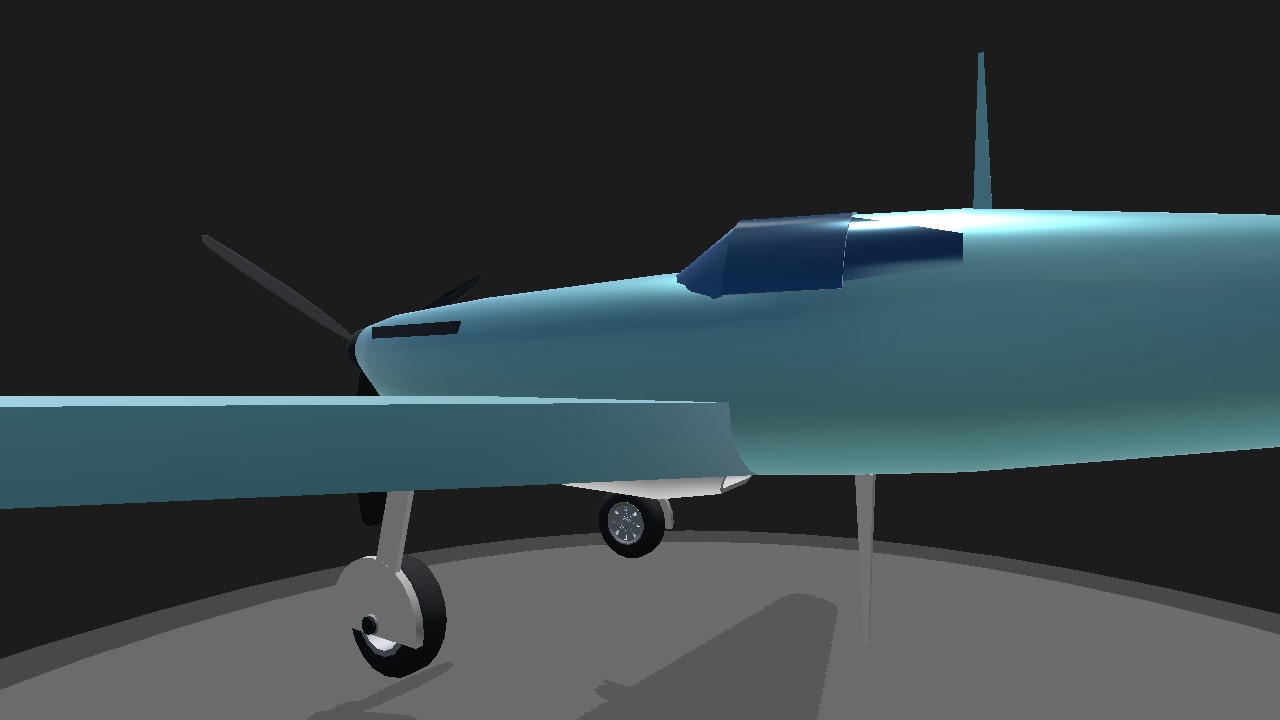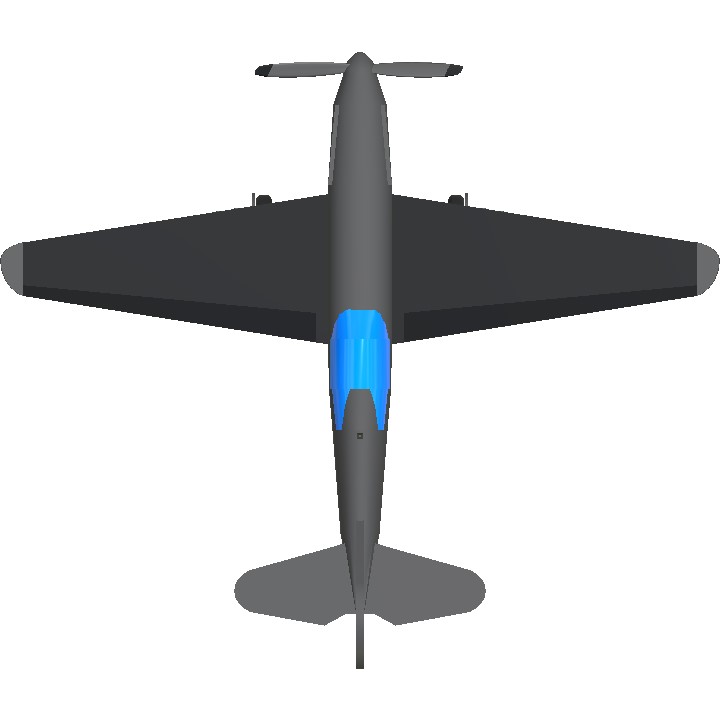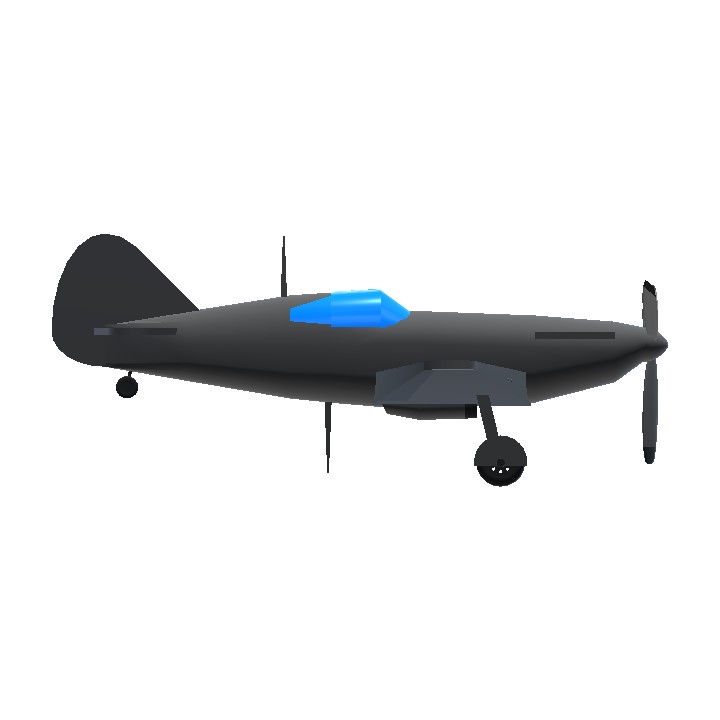Dewoitine D.520
The Dewoitine D.520 stands as one of the most advanced and capable fighter aircraft produced by France during the interwar period and World War II. Designed by Émile Dewoitine and his team at the Société des Avions Dewoitine, this single-engine, all-metal monoplane represented a significant leap in French aviation technology, though it arrived too late to fully influence the outcome of the Battle of France in 1940. Its development was a response to the escalating tensions in Europe during the late 1930s, as France sought to modernize its air force against the backdrop of Germany's rapid rearmament. The D.520 was part of a broader effort to create a new generation of fighters that could match or exceed the performance of contemporary Axis aircraft, such as the Messerschmitt Bf 109.
The Dewoitine D.520's story begins in 1936, when the French Air Ministry issued specifications for a new interceptor fighter under the Programme A21. Émile Dewoitine, a pioneering aircraft designer with a background in creating lightweight, agile planes, submitted his design for what would become the D.510 series. However, the D.520 was an evolved version, incorporating lessons from earlier prototypes like the D.513. The first prototype took to the skies on April 28, 1938, and after rigorous testing, it entered production in 1939. By the time Germany invaded France in May 1940, only a handful of D.520s were operational, with production ramping up to around 400 units by the armistice in June 1940. Despite its late arrival, the D.520 quickly proved its worth in combat, serving with the French Armée de l'Air (Army of the Air) and later with Vichy France's forces. Some were even captured and used by the German Luftwaffe for training and evaluation purposes.
The aircraft's deployment was marked by intense action during the Battle of France, where it engaged in dogfights with German fighters and bombers. Pilots praised its handling, but the rapid fall of France meant that many D.520s were either destroyed, captured, or relegated to secondary roles. Post-armistice, Vichy France continued to operate the D.520 in North Africa and Syria, where it saw action against Allied forces during the Syria-Lebanon campaign in 1941. A few examples were also exported or used by other nations, including Bulgaria and Romania, which operated them under Axis influence.
The Dewoitine D.520 was a sleek, low-wing monoplane with a cantilever wing design, making it aerodynamically efficient and visually striking. Its all-metal construction, including a semi-monocoque fuselage, was a testament to the advancements in aviation engineering at the time. The aircraft measured approximately 8.76 meters (28 feet 9 inches) in length, with a wingspan of 10.18 meters (33 feet 5 inches) and a height of 2.57 meters (8 feet 5 inches). It had a maximum takeoff weight of around 2,850 kg (6,283 lbs), which was relatively light for its capabilities.
Powering the D.520 was a single Hispano-Suiza 12Y-45 liquid-cooled V-12 engine, producing 860-930 horsepower depending on the variant. This engine drove a three-bladed variable-pitch propeller, propelling the aircraft to a top speed of about 535 km/h (332 mph) at 6,000 meters (19,685 feet) altitude—impressive for its era and comparable to early versions of the Bf 109. Its service ceiling reached up to 11,000 meters (36,000 feet), with a range of approximately 1,000 km (621 miles) on internal fuel, extendable with drop tanks.
Armament was a key strength of the D.520, featuring a potent mix of weapons for the time. It typically carried one 20mm HS-404 cannon firing through the propeller hub and four 7.5mm MAC 1934 machine guns mounted in the wings—two in each wing. This configuration allowed for a high rate of fire and devastating firepower against enemy aircraft. Later variants experimented with additional cannons or rockets, but these were not widely produced due to the war's disruptions.
The cockpit was enclosed with a sliding canopy, providing good visibility for the pilot, though some complained about the instrument layout. The aircraft's landing gear was retractable, with the main wheels folding into the wings, enhancing its streamlined profile. Overall, the D.520 was designed for high-altitude interception, with excellent climb rates and maneuverability that made it a formidable dogfighter.
The D.520 played a crucial, albeit limited, role in WWII. During the Battle of France, French pilots used it to intercept Luftwaffe raids, scoring several kills against Bf 109s and Bf 110s. Notable engagements included the defense of Paris and operations over the Maginot Line. One of the aircraft's standout moments was during the air battles in May 1940, where it demonstrated superior climb rates and turn performance against its German counterparts. However, numerical inferiority and the broader strategic collapse of French forces meant that the D.520 couldn't turn the tide.
After the armistice, Vichy France deployed the D.520 in colonial theaters, such as North Africa and the Middle East. In Syria, for instance, it clashed with British Commonwealth aircraft like the Hawker Hurricane, with mixed results. The D.520's agility allowed it to outmaneuver some opponents at lower altitudes, but it struggled against more advanced Allied fighters later in the war. A few D.520s were also used by the Free French forces after 1942, particularly in the liberation of France.
In terms of combat statistics, the D.520 achieved a respectable kill ratio in skilled hands, with reports of pilots like Adjutant Pierre Le Gloan becoming aces while flying it. Le Gloan, for example, claimed multiple victories, highlighting the aircraft's potential as a capable interceptor.
The Dewoitine D.520's strengths lay in its advanced design for the late 1930s. It was highly maneuverable, with a tight turning radius and excellent roll rate, making it effective in dogfights. Its armament was powerful, capable of delivering a knockout blow to bombers or fighters. Compared to the Bf 109E, it had better low-speed handling, and its speed was on par with many contemporaries. Pilots often noted its stability and ease of control, which contributed to its reputation as a "pilot's aircraft."
However, the D.520 had notable weaknesses. Its engine was underpowered compared to later-war designs, and it suffered from reliability issues, such as overheating and fuel system problems. The aircraft's limited production numbers meant that French squadrons were often outmatched by the sheer volume of German aircraft. Additionally, its armament, while effective, had a relatively low ammunition capacity, which could be a disadvantage in prolonged engagements. Against the Spitfire or later Bf 109 variants, it lacked the same level of development and refinement, as France's aviation industry was disrupted by the war.
Despite its limited wartime impact, the Dewoitine D.520 holds a special place in aviation history as a symbol of French ingenuity and resilience. It influenced post-war designs and is remembered for its role in showcasing what might have been if France had more time to deploy it en masse. Today, a few restored examples exist in museums, such as the Musée de l'Air et de l'Espace in Paris, where enthusiasts can appreciate its elegant lines and historical significance. The D.520 also features prominently in simulations, video games, and model kits, keeping its legacy alive among modern audiences.
In summary, the Dewoitine D.520 was a sophisticated fighter that embodied the height of pre-war French aviation technology. Though it couldn't prevent the fall of France, it demonstrated the potential for European aircraft to compete with the best of the Axis and Allies, and it remains a favorite among historians for its blend of speed, agility, and firepower.
Possible Aircraft Nicknames:
"Dewey" or "The Dewey Dash": This is one of the most straightforward and commonly suggested nicknames in forums. Derived from the designer's name, Émile Dewoitine, it's a shorthand that enthusiasts use for quick reference. This nickname evokes a sense of familiarity and affection, much like how the Spitfire is often called "Spit."
"French Falcon" or "Gallant Gallic": These nicknames play on the aircraft's French heritage and agile, bird-like maneuverability.
"D-Five-Twenty" or "The 520 Scorpion": In more technical threads, pilots and simmers might use "D-Five-Twenty" as a direct abbreviation of its model number, evolving it into something more vivid. The "Scorpion" variant comes from its potent forward-firing cannon, which could "sting" enemies.
"Late Bloomer" or "The Reluctant Hero": These ironic nicknames stem from the D.520's historical context—it was introduced too late to make a decisive impact in 1940.
"Dewoitine's Dart": Inspired by its slim, aerodynamic shape and high speed, It's a playful nod to its design, similar to how the P-51 Mustang is sometimes called the "Cadillac of the Sky."
"Underdog Ace" or "The Forgotten Fighter": In more narrative-driven forums, users might dub it the "Underdog Ace" to honor pilots like Pierre Le Gloan who achieved successes despite overwhelming odds.
"Le Beau Dewoitine" ("The Beautiful Dewoitine"): This is a more descriptive term than a true nickname, highlighting the aircraft's sleek and elegant design.
"Le Lion" ("The Lion"): This nickname is less common, but might have arisen from the bravery and fighting spirit associated with French aviators flying the D.520 against overwhelming odds.
"The Last Hope": Reflecting its position as the most modern and capable fighter the French had at their disposal during the Battle of France. While not a true nickname used at the time, it conveys its historical significance.
"Le Rédempteur" ("The Redeemer"): A more poetic nickname, although less common in forums, that speaks to it as redemption for French aviation and hope during the dark days.
C O N T R O L S
Trim : Flaps, cruising 'rotate' adjuster
VTOL : Further flaps
Specifications
General Characteristics
- Created On Android
- Wingspan 33.2ft (10.1m)
- Length 28.5ft (8.7m)
- Height 11.7ft (3.6m)
- Empty Weight 3,627lbs (1,645kg)
- Loaded Weight 5,134lbs (2,328kg)
Performance
- Horse Power/Weight Ratio 0.181
- Wing Loading 13.7lbs/ft2 (67.0kg/m2)
- Wing Area 374.0ft2 (34.8m2)
- Drag Points 1095
Parts
- Number of Parts 67
- Control Surfaces 7
- Performance Cost 470







cool